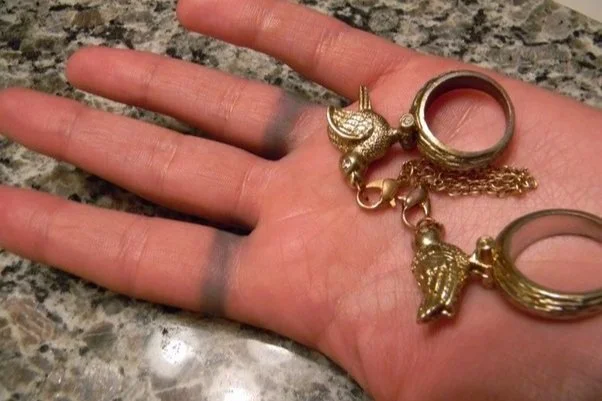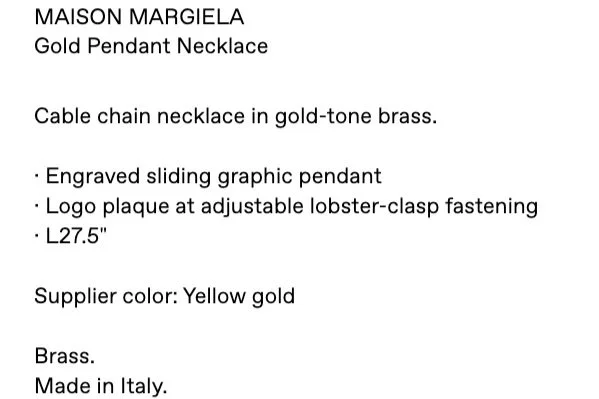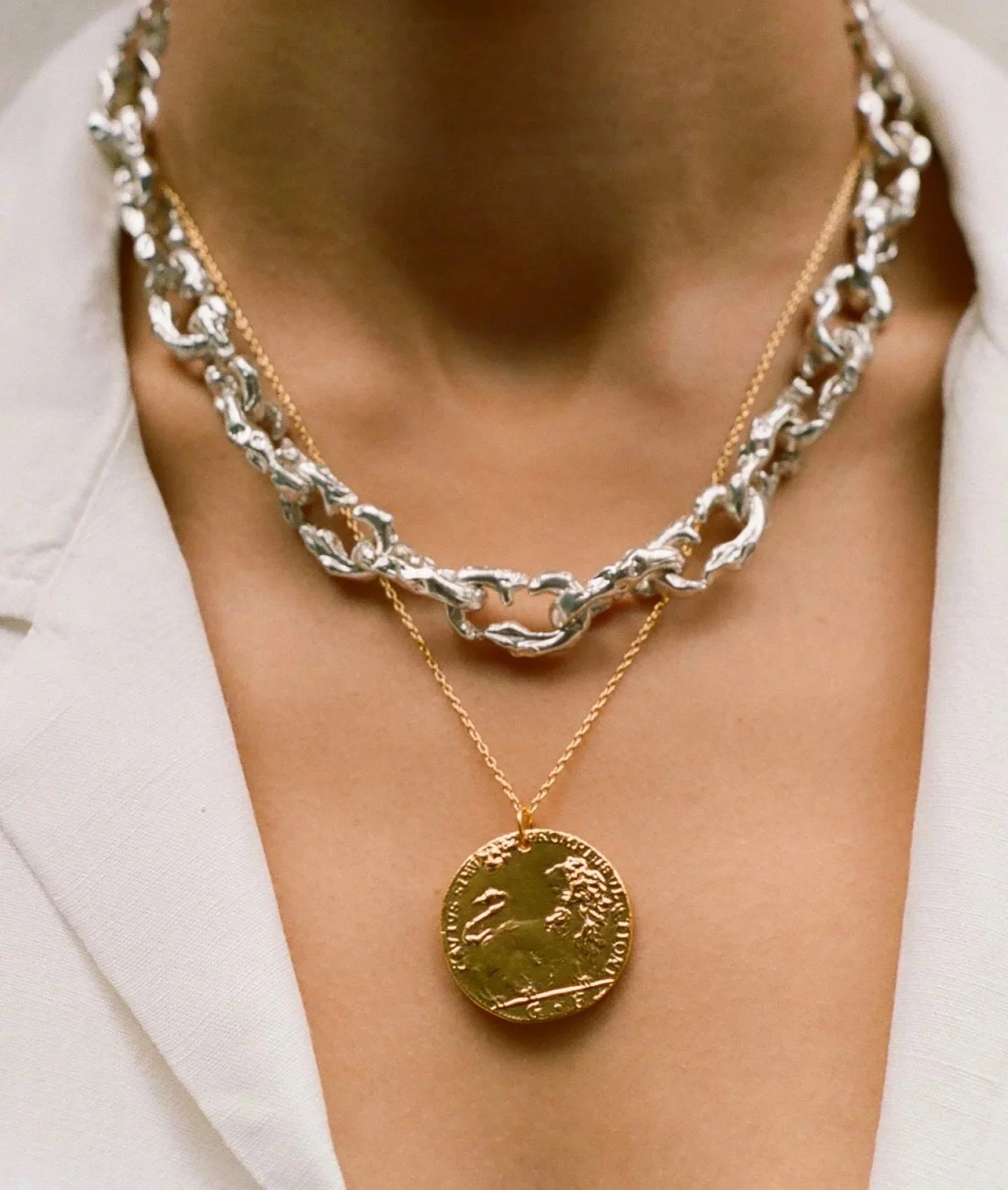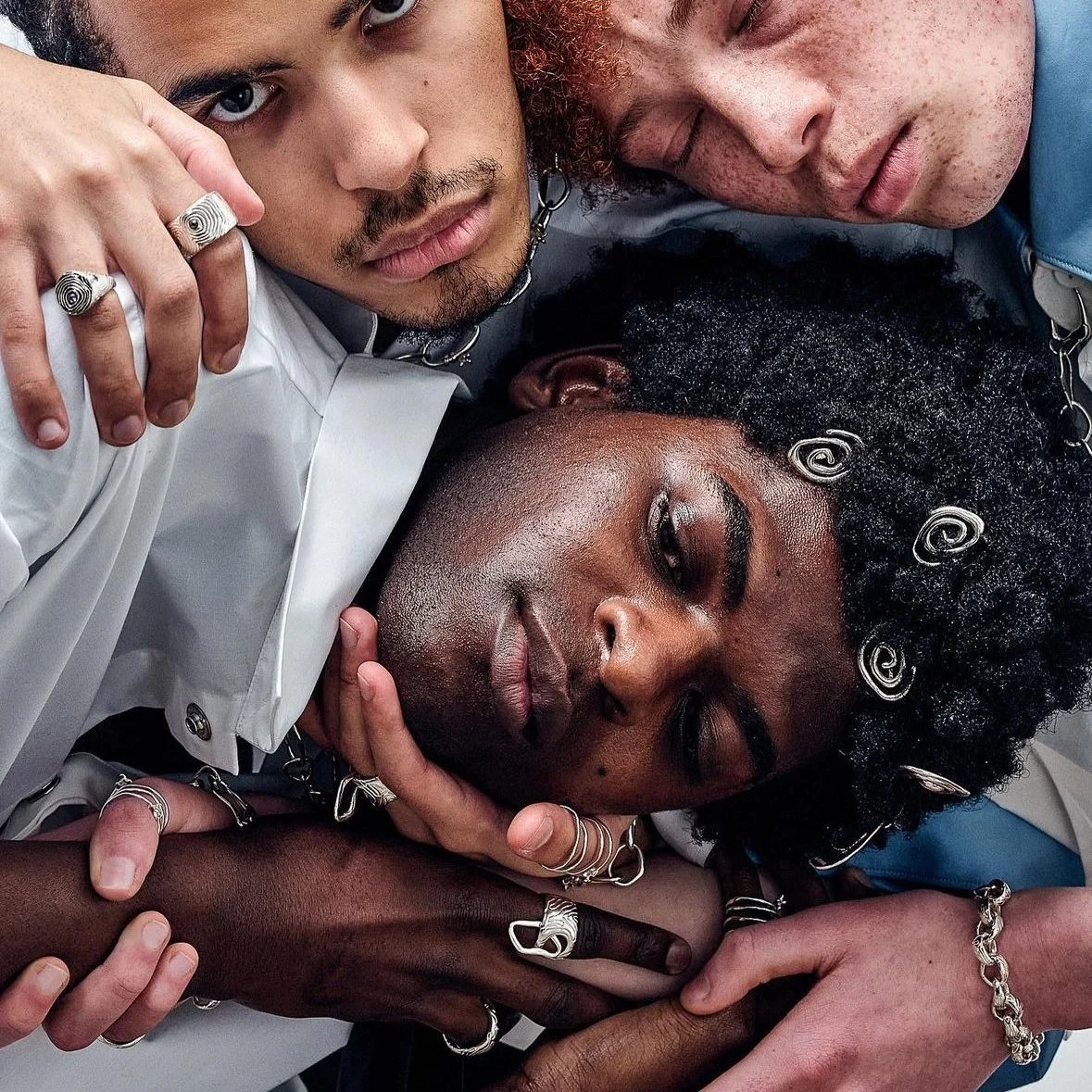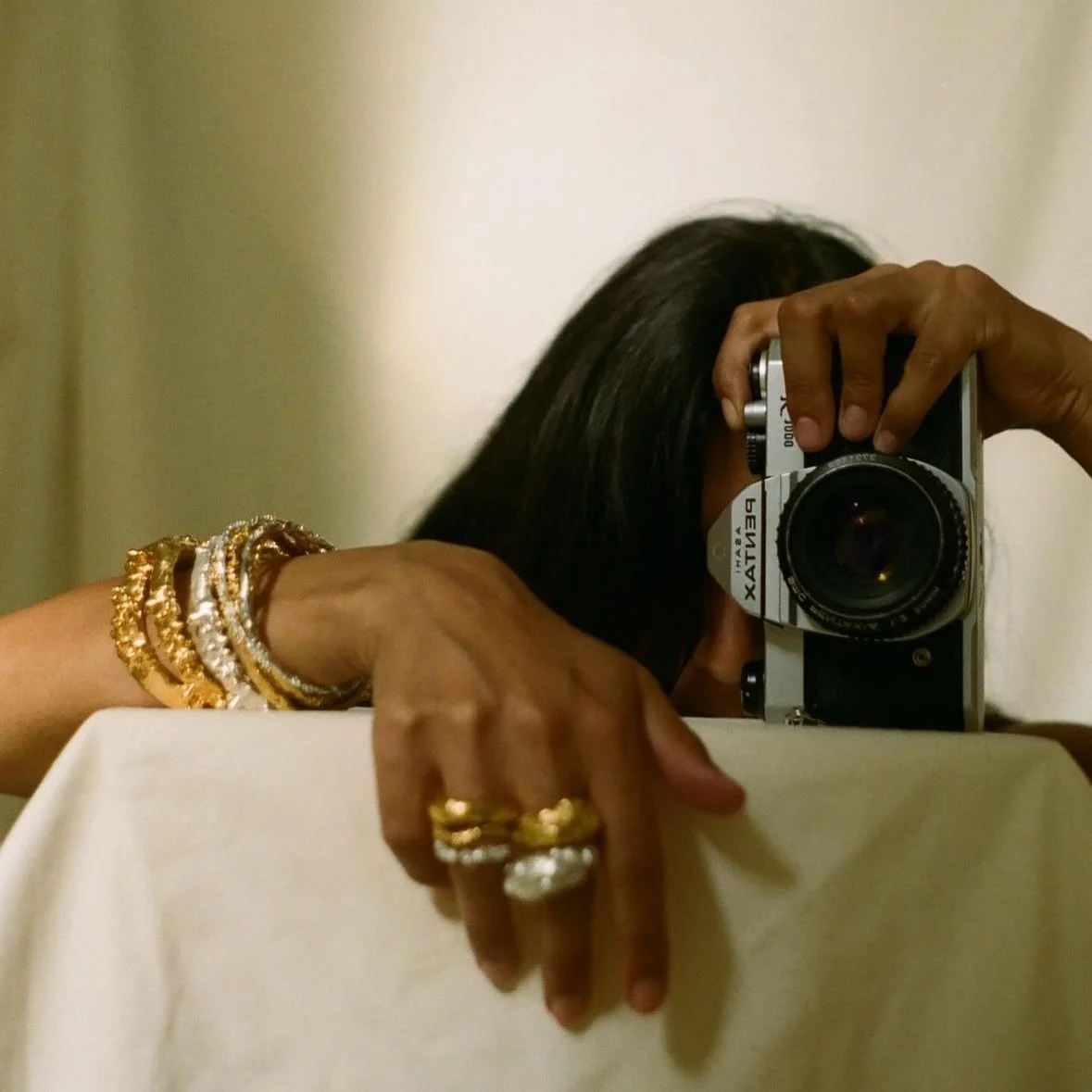Be Enthusiastic About Making Purchases: A Different Side of the Jewelry Industry
For a long time, high-end fashion brands have created jewelry to complement their collections, adding a touch of luxury and exclusivity to their offerings. Traditionally, these brands crafted their pieces from precious metals like silver and gold, emphasizing the quality and craftsmanship that defined their reputation. However, as the fashion industry evolved and the frequency of collections increased, shifting towards regular releases instead of seasonal ones, the nature of jewelry manufacturing within the industry changed. Massive brands have added low-cost-material jewelry to make more affordable jewelry collections, promoting greater accessibility and inclusivity. However, this outreach from brands such as Maison Margiela and Off-White masks a troubling trend of diminishing quality under the guise of democratization.
The transition from silver and gold to brass in high fashion reflects a common misconception consumers fall into – high-end brands equating to quality. While this shift makes high fashion more accessible, it also symbolizes a reduction in the standards that once distinguished these brands. Using brass allows for quicker production cycles and lower costs, aligning with the fast-paced nature of modern fashion and raising a deeper issue: the perception that inclusivity necessitates a compromise in quality. By replacing precious metals with cheaper alternatives, high-end brands conform to the idea that mass production must involve lower costs, leading to a dip in quality, reversing the belief that high fashion should live in the same sentence as quality. However, making high-end jewelry more affordable to the masses is not entirely negative; it erodes the exclusivity that has long given these brands a pretentious air. Yet, it also teaches consumers that buying a Maison Margiela branded brass ring, which might turn their fingers green (it seriously does), is better than spending the same amount on a higher-quality piece from a smaller brand. To reverse the mindset of 'brand name over quality,' it’s important to learn about small, independent brands that take pride in making quality jewelry.
Octi, a UK-based jewelry label, produces all jewelry in London using recycled precious metals. The brand turns the recycled metals into beautiful, unique pieces reminiscent of different facets of nature. Shapes and textures mimic that of various fruits and vegetables, where signet rings have the imprints of pickle, melon, and lemon rinds, bringing designs back to the natural basis they began through. Beyond the nature-to-jewelry connection, Octi’s pieces are simply stunning. Each silver item carries a unique finish, radiating a luster beyond the rest of the jewelry industry. Octi also reaches beyond standard jewelry curation, collaborating with sustainable clothing brand Story Mfg and contemporary clothing designer Charlie Constantinou. Octi’s ability to establish itself in an industry full of mass production and industry titans is nothing short of impressive. Yet, Octi isn’t the only brand striving to create a name for itself.
© Octi
Alighieri, an independent jewelry brand based in the UK, is committed to creating modern heirlooms. The label utilizes recycled bronze, silver, and gold while manufacturing one-hundred percent of its products inside the United Kingdom. Founded on the principles of Italian poet Dante Alighieri, the jewelry collective often takes inspiration from different aspects of history, creating a unique aesthetic that radiates sophistication and historical elegance. Unsurprisingly, the brand's popularity has skyrocketed over the last several years, pushing the envelope of ingenuity and unique ideas can lead to success more than caving to the modern woes of fast fashion.
© Alighieri
Another brand making waves in the jewelry industry is Chin Teo, a Berlin-based jewelry maker. The brand operates on a smaller-scale production pattern with high-quality metals and unique designs. What separates Teo's jewelry style from other small labels is his ability to culminate an aesthetic through design. Alighieri’s designs are heavily influenced by the brand's namesake; for Chin Teo, the brand emulates gothic modernism through each piece, contributing a dark aesthetic with polished highlights reminiscent of the Ptuj Performance Center and buildings alike. While it is unclear if the founder takes direct inspiration from architecture, the comparison is visible in every piece.
© Chin Teo
All three of these independent jewelry brands care deeply about their product, building a culture through design and quality. Octi, Alighieri, and Chin Teo have all made a name for themselves in an oversaturated jewelry industry full of less-than-quality labels and design teams. Hopefully, the future of jewelry in the fashion industry will follow in the footsteps of these three trailblazers, who set new industry standards with every new collection.

